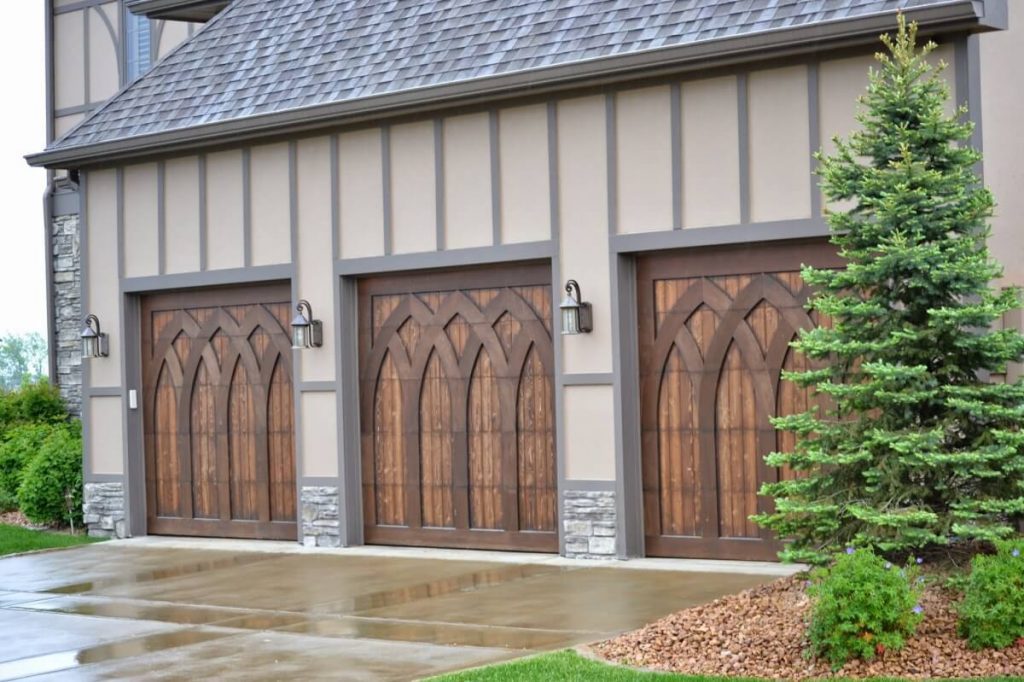One area of the home many people neglect to insulate is their garage. There is a widespread perception that the garage is an extension of the outside as opposed to an extension of the home. Therefore garages tend to be drafty areas that are cold in the winter and hot in the summer. These temperature differences can wreak havoc on a home’s energy efficiency. But by insulating your garage you will help your home remain comfortable and save money on bills as well.
The first place you will want to insulate are the surrounding walls to your garage. Many older homes, and even some new ones, were not built with insulation in the walls. They basically relied on siding, sheathing, and a layer of particle board to keep the elements out.
Next, add weather stripping around the entire frame of the door that connects the home to the garage. Even if your garage walls are insulated, you are still going to open and close your garage which will allow cold and heat in. An easy way to check if you have properly sealed the door is to turn the lights on in the garage and see if any light comes through while you are standing inside the home.
The garage door itself may be the biggest culprit of energy loss. Check the insulation rating of your garage door which is known as the R-value. If your door has a low R-value rating, you may want to consider replacing the door altogether, especially if you live in an area with extreme high or low temperatures. Another option is to purchase a garage door insulation kit, which they sell at many home improvement stores.
Don’t forget to also insulate the outlets and light switches in the garage. These are often overlooked as areas where air can easily seep through. It’s worth noting that you car generates carbon monoxide, so insulating the areas where air gets through will help keep out carbon monoxide as well.
If you have windows in your garage, its a good idea to add weather stripping or caulk around the windows. You may even want consider adding double pane glass if possible to maximize your weather protection.
Lastly, be sure to caulk around the connection between the walls and the concrete floor. Heat and cold can cause concrete to swell and crack over time which will let air in. Foam sealant or silicone-based caulk is probably best for this project.
If you have any question regarding insulating your garage or how to check the R-value of your current garage door, give the experts at Precision Garage Door of Las Vegas a call today!





